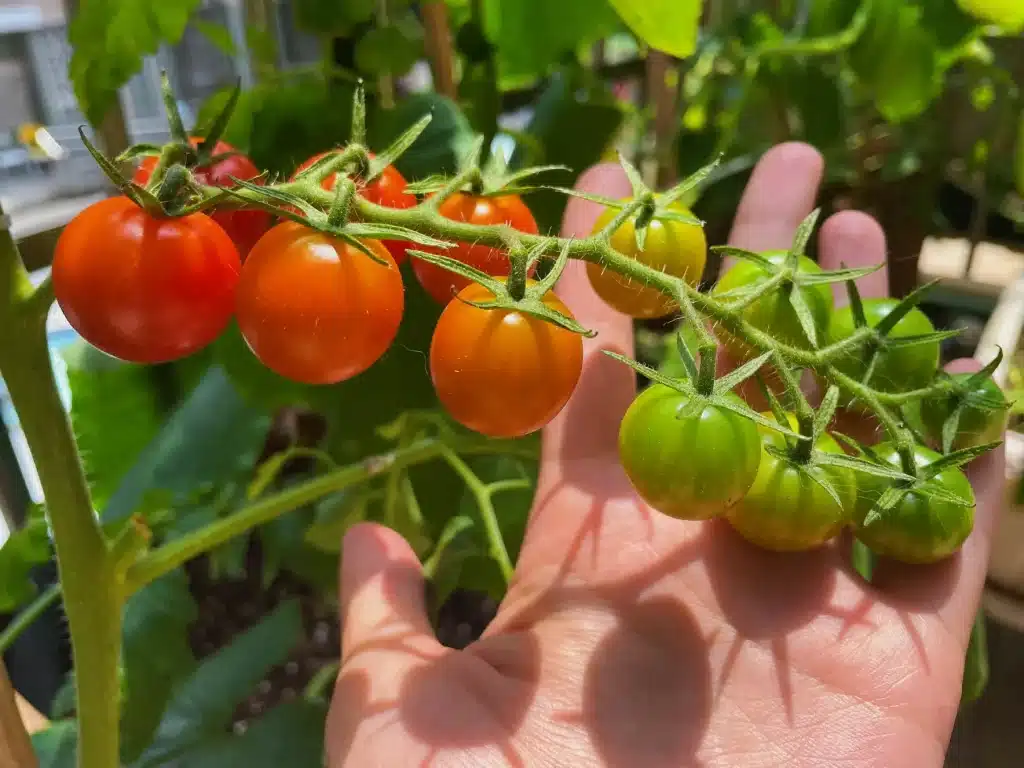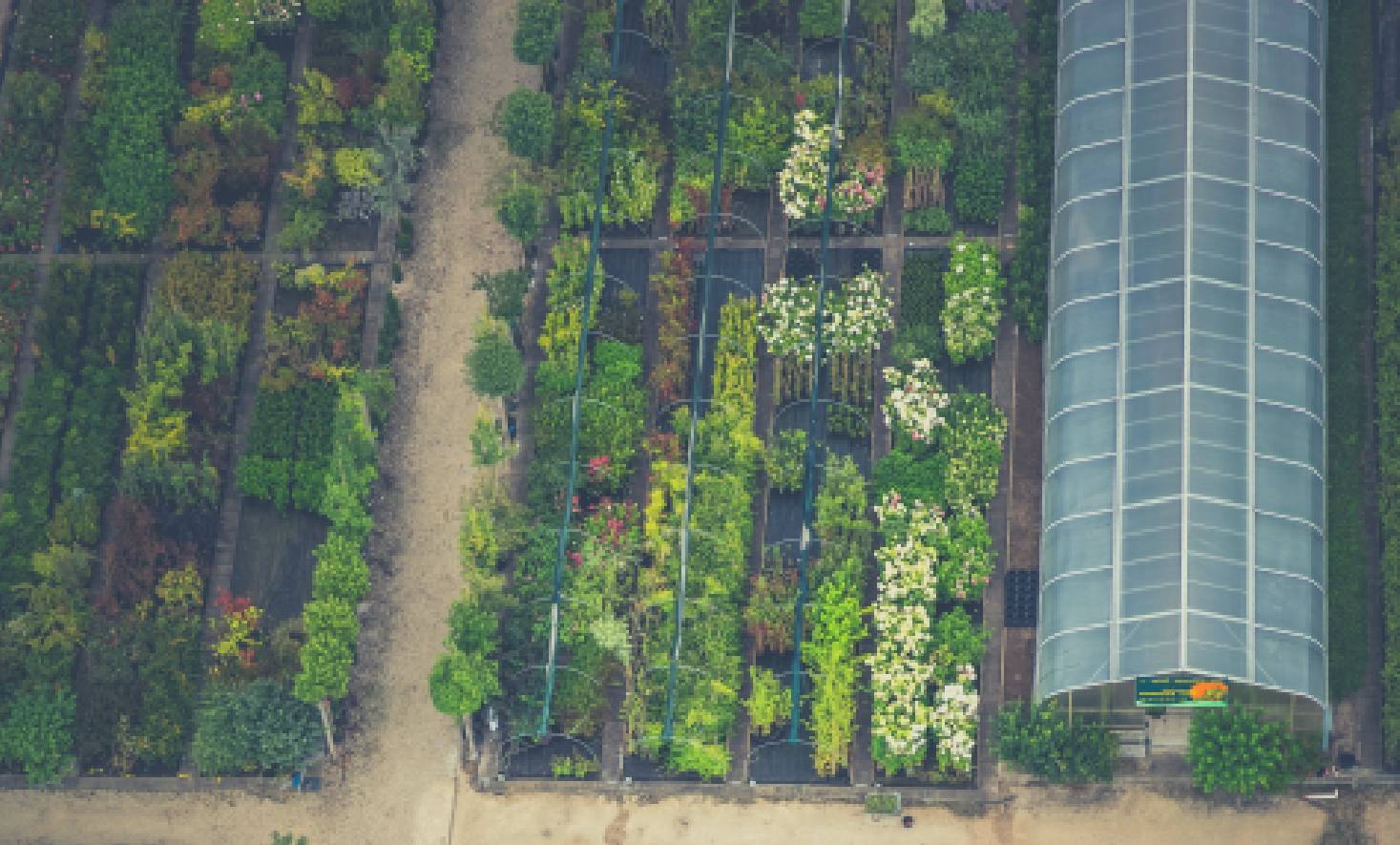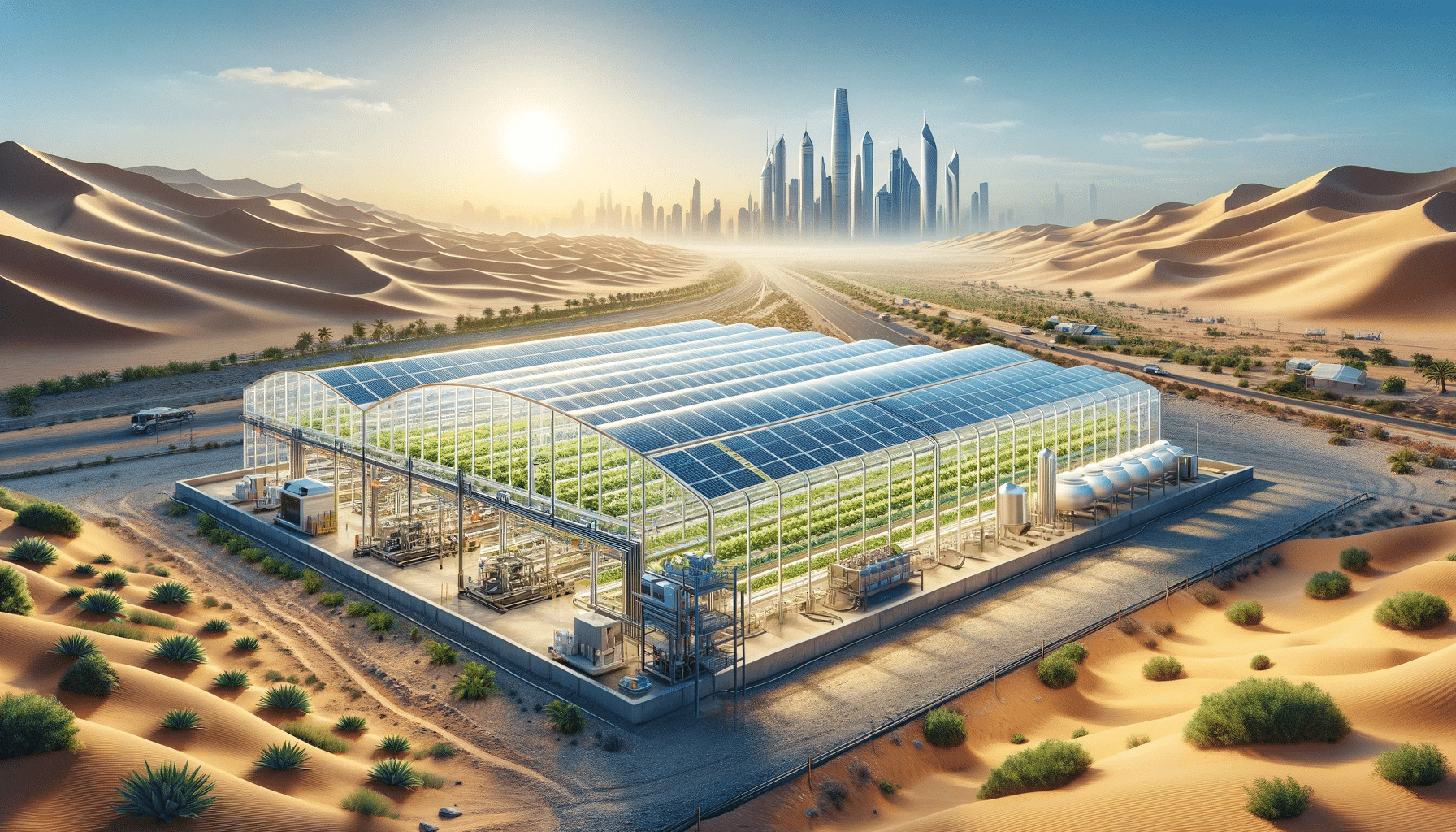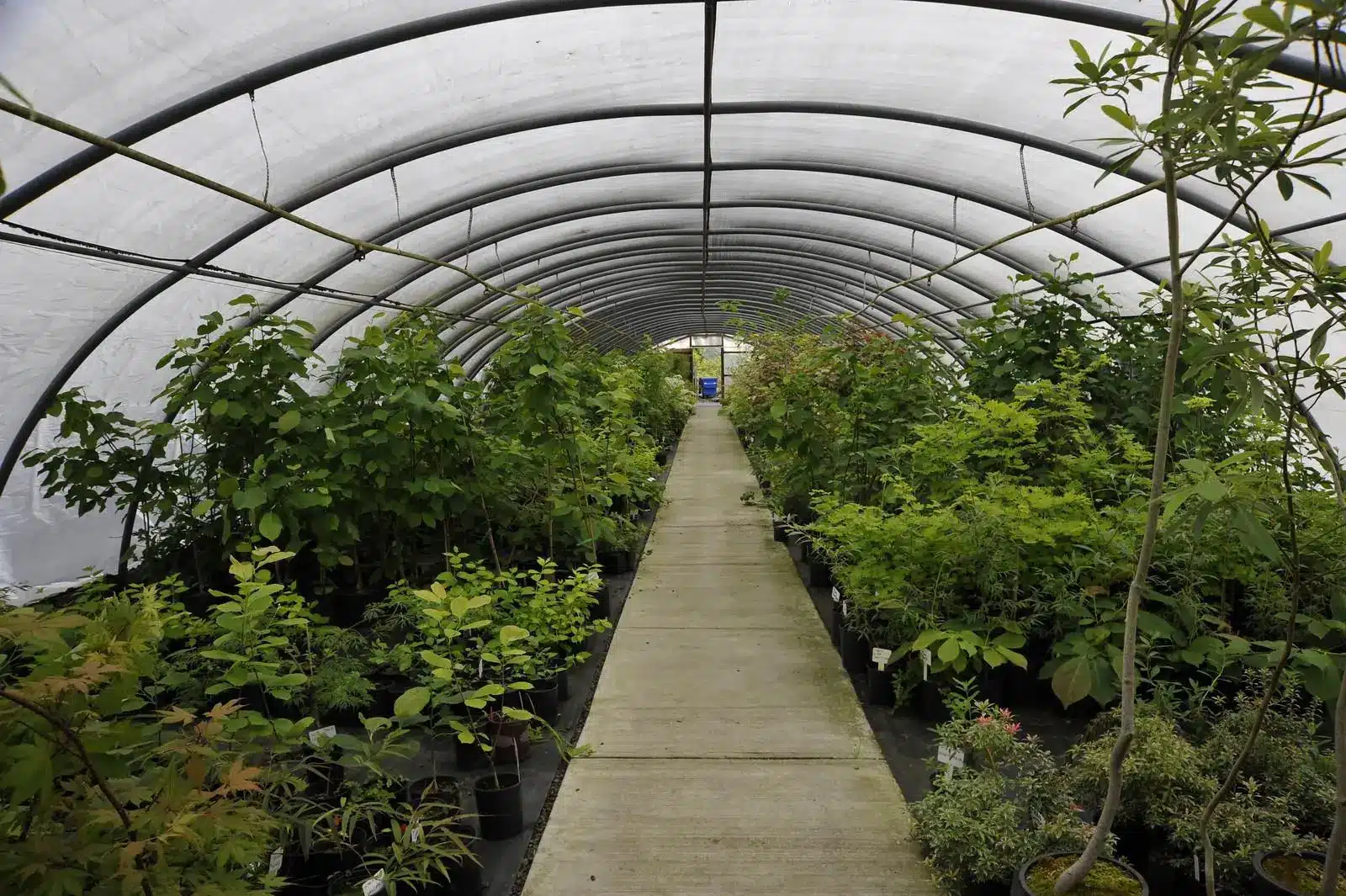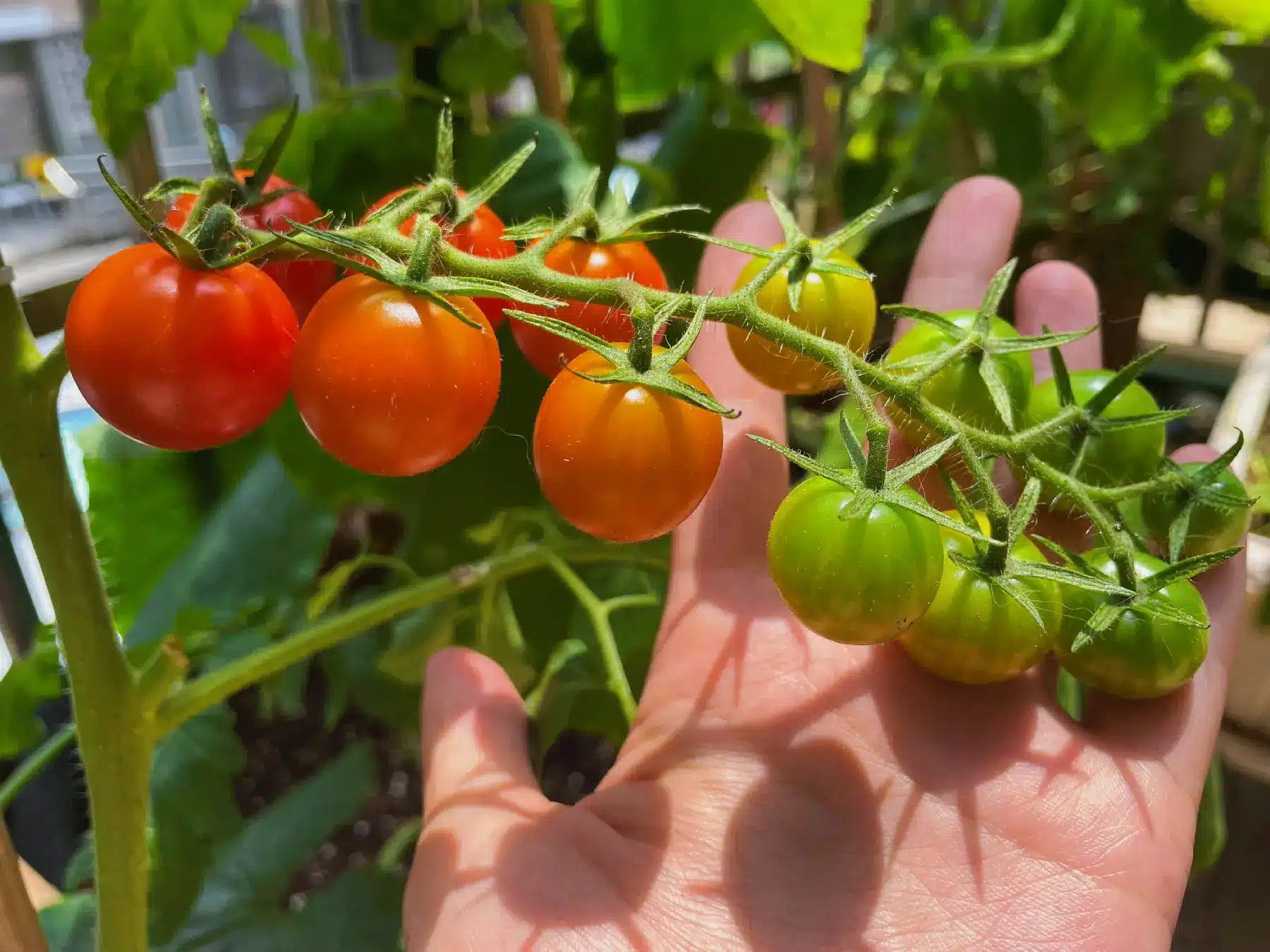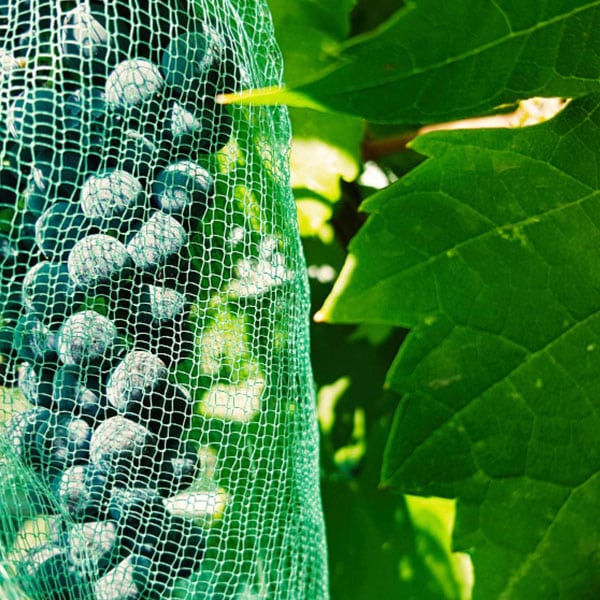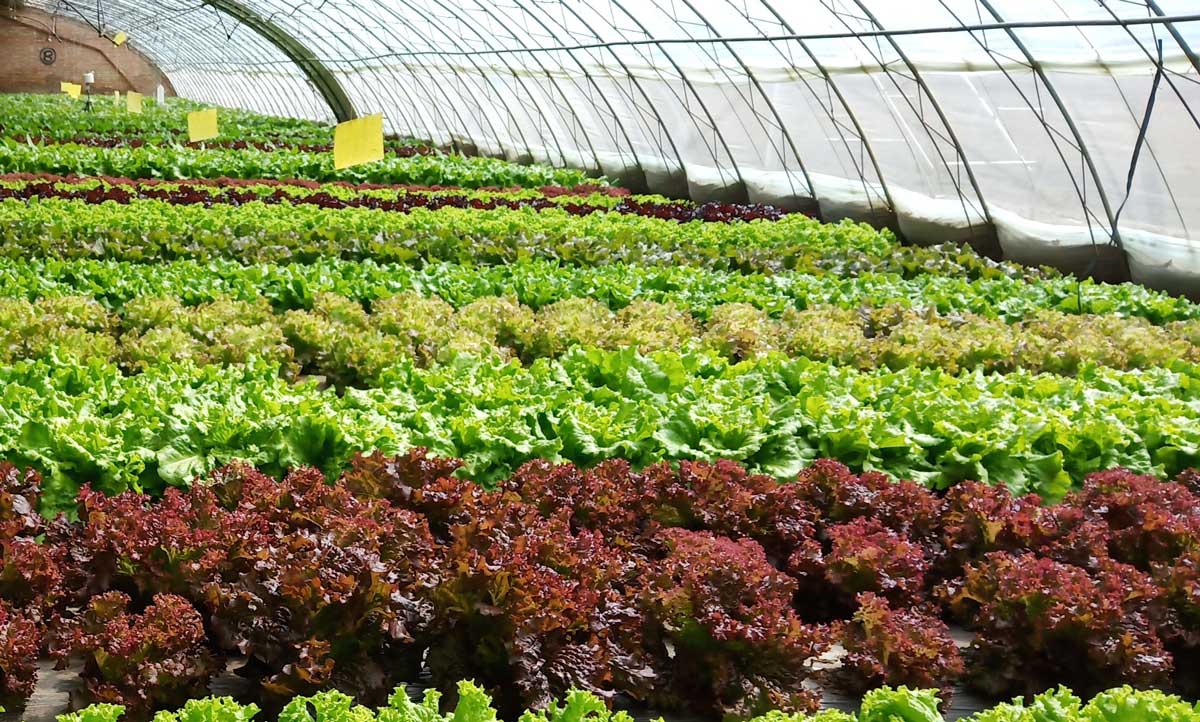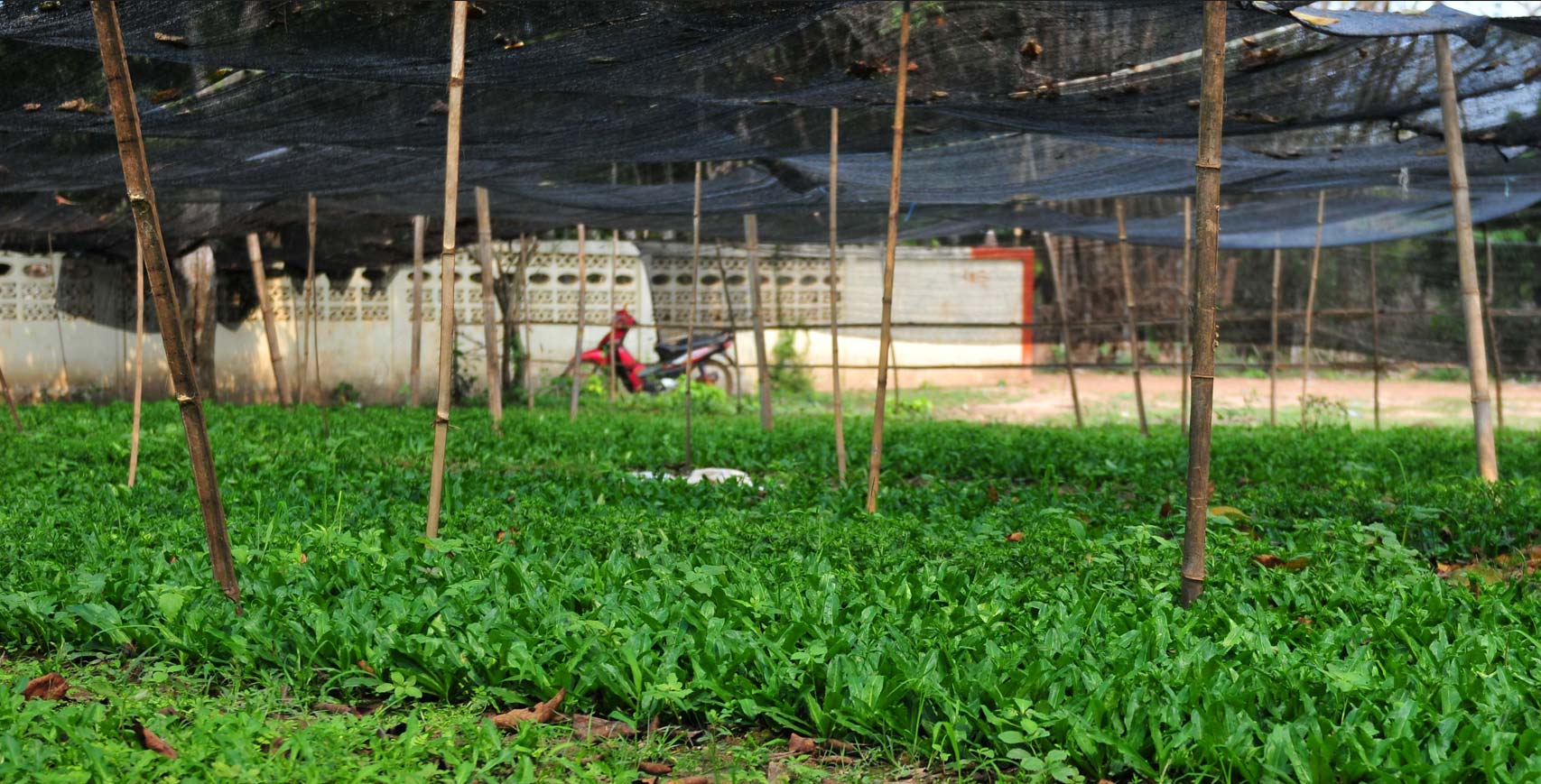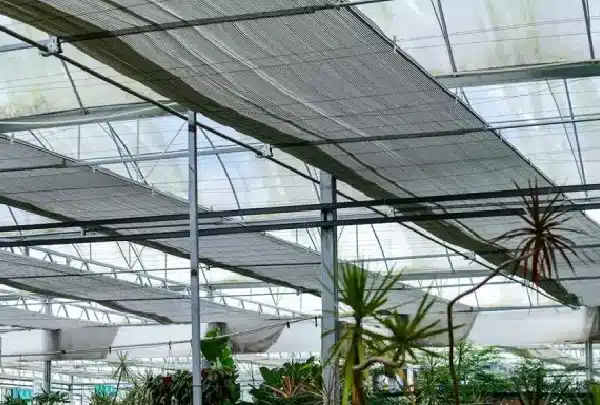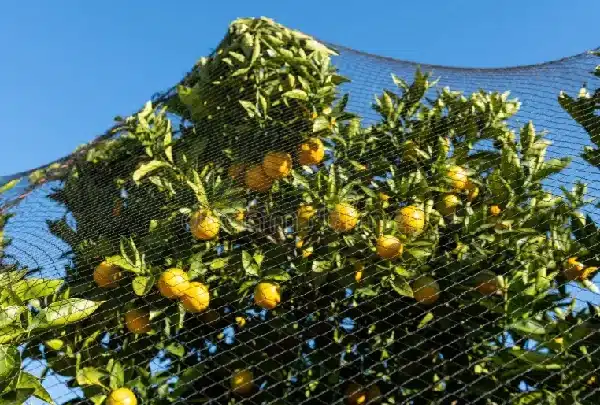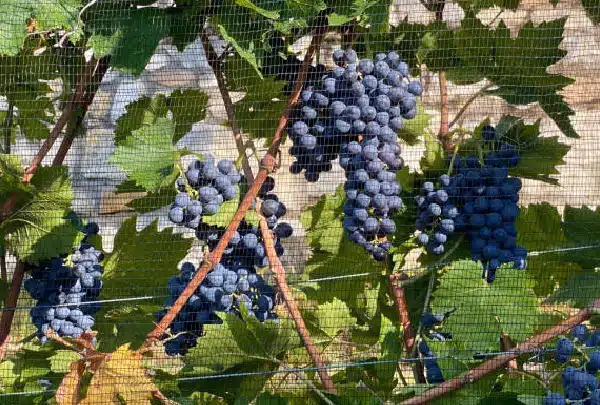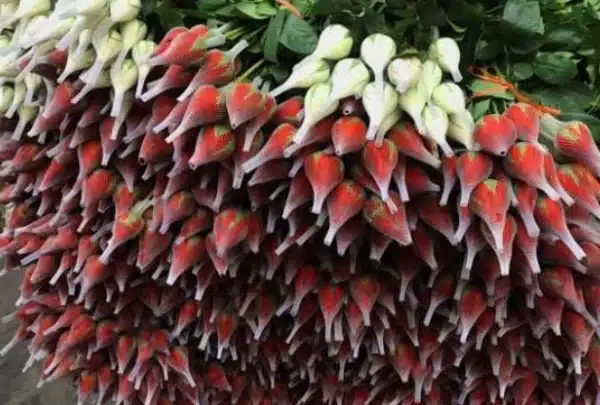Using appropriate agricultural shade cloth has become a key strategy to ensure stable tomato growth and increased yield. Shade cloth can not only reduce the direct harm of high temperatures on tomatoes but also create a more suitable growing environment by regulating light, maintaining soil moisture, and reducing the risk of pests and diseases. When choosing shade cloth, it’s essential to consider factors like material, shading rate, and color.
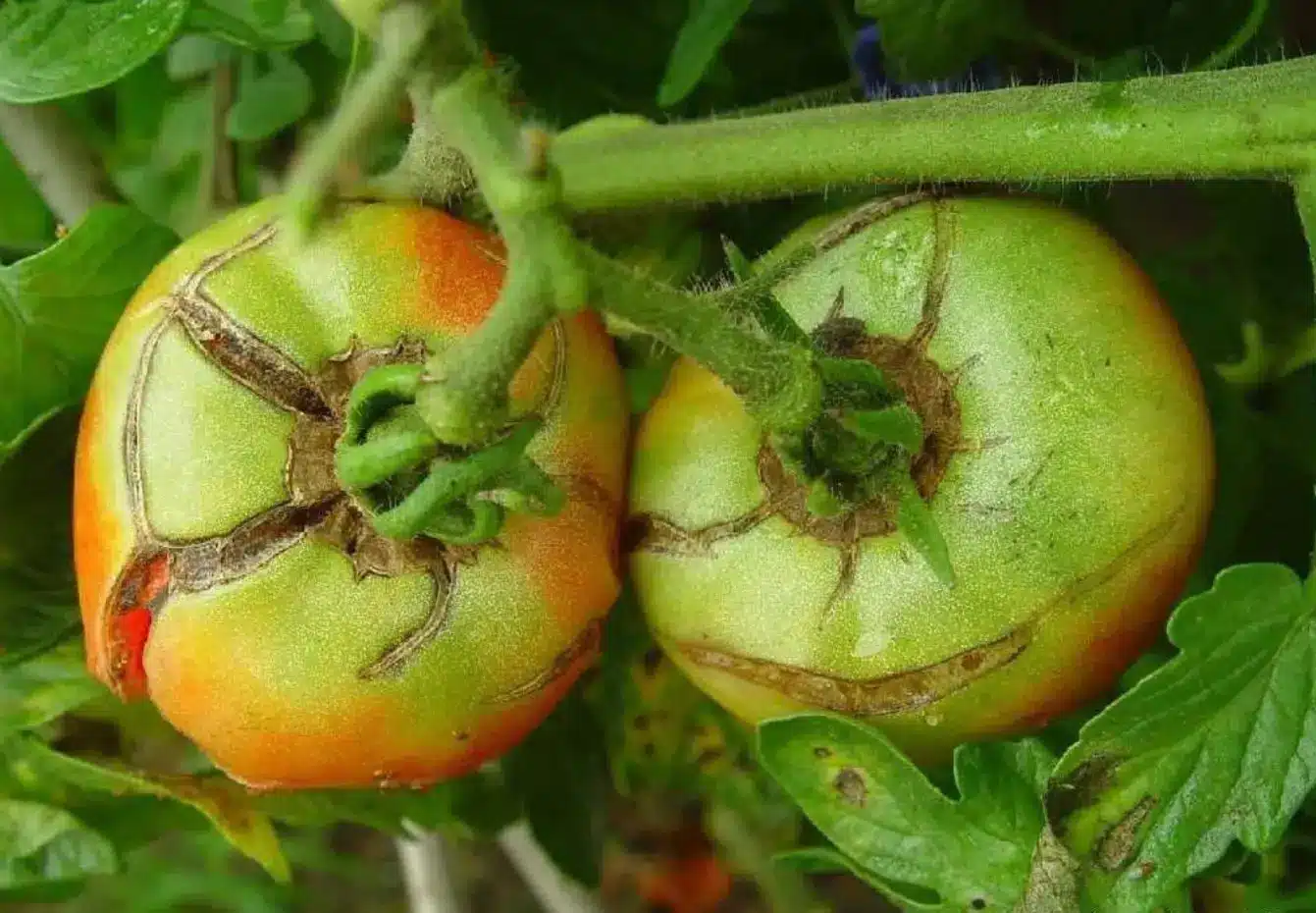
Considering the common questions about the choice of shade cloth color, this article will discuss what color of shade cloth is best for tomatoes and how to improve tomato growth quality and yield by correctly using shade cloth. Now, let’s dive into the three best colors for your tomato garden.
Don’t Miss: 2 Main Types of Tomato Nettings You Should Know
Top 3 Best Shade Cloth Colors for Tomato Cultivation
The color of the shade cloth can directly affect light reflection, absorption, and transmission. While not the sole factor for selection, it significantly impacts shading effectiveness, thus influencing tomato growth. Currently, the most popular shade cloth colors for tomato cultivation are black, white, and silver, each playing a unique role in the growth process of tomato plants.
1. Black Shade Cloth
Black shade cloth features a lower light transmission rate, effectively blocking direct sunlight and providing a suitable temperature environment for tomatoes, which is crucial for preventing sunburn and fruit cracking. Research from the University of Delaware in 2018-2019 showed that 30% black shade nets could improve tomato quality.
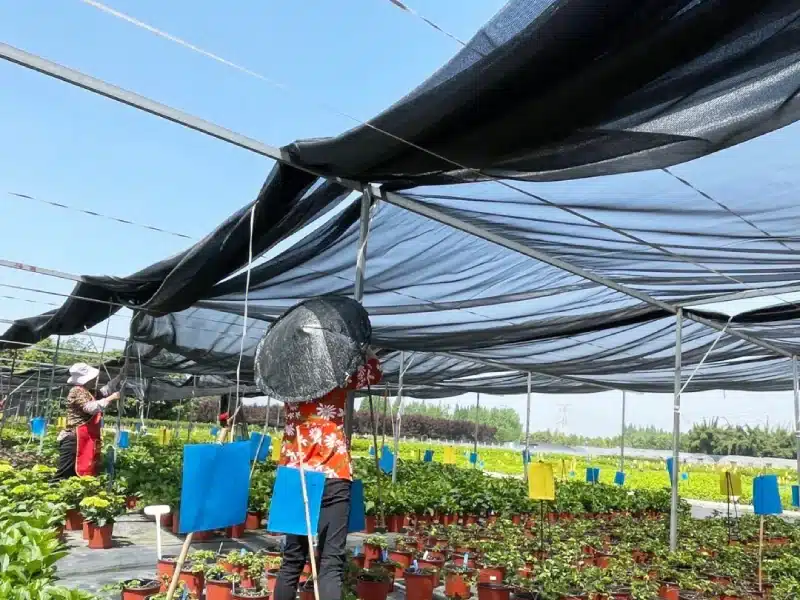
Though not directly reduce the occurrence of white tissue inside tomatoes, they can enhance the growth environment, indirectly boosting yield and quality. However, prolonged use may limit photosynthesis due to significant light blockage. Therefore, when using black shade nets, it’s essential to balance shading time to avoid affecting tomato photosynthesis and normal fruit development.
2. White Shade Nets
White shade nets, with a higher light transmission rate, can reflect most sunlight, creating an ideal shade effect. This helps maintain suitable temperatures and effectively protects tomatoes from wind and rain.
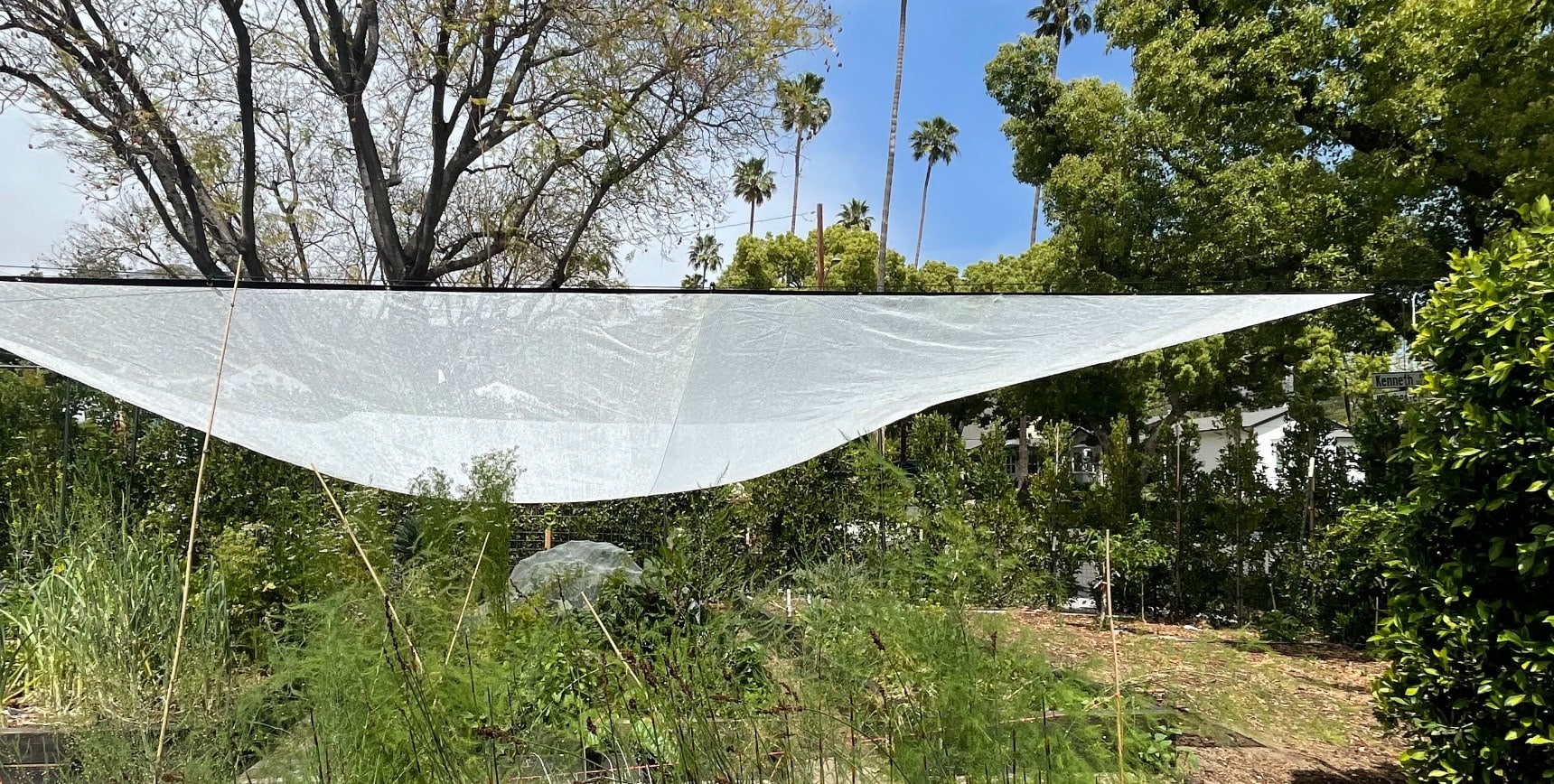
Studies indicate that white shade nets with a 20% to 40% shading rate are particularly beneficial for tomato seedlings in summer, promoting taller plants, thicker stems, larger leaf areas, and increased dry mass. They also enhance chlorophyll content, root vitality, and leaf thickness, overall outperforming traditional black shade nets.
3. Silver Shade Nets
Silver aluminum shade nets are renowned for their high transparency and reflectivity, ensuring sufficient light while reflecting some sunlight, thus providing ideal growing conditions for tomatoes. Silver aluminum shade curtains are popularly used in greenhouse curtain systems as the primary internal and external shading material, especially in commercial greenhouses.
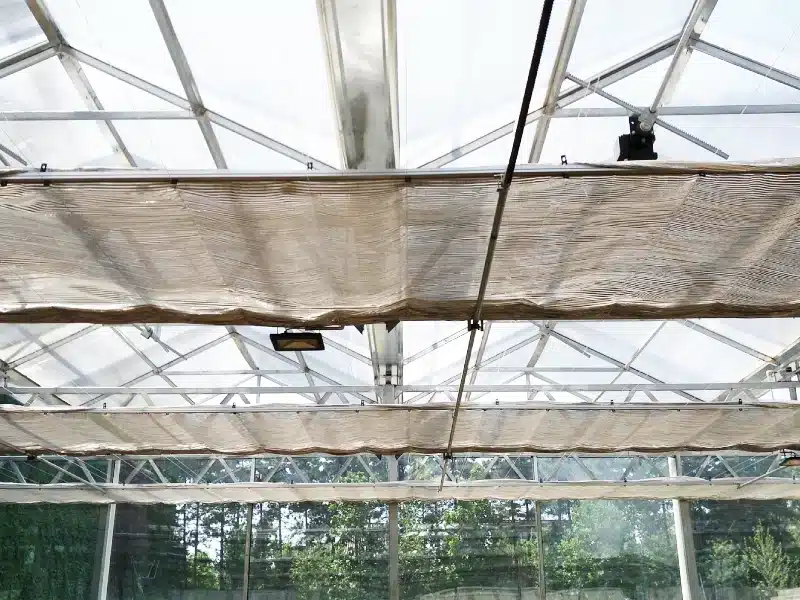
Besides offering ideal shading and cooling for tomatoes in summer, they also provide insulation in winter. Due to their unique reflective capabilities, they ensure better light distribution across the tomato plants, enhancing the color of the ripe fruits.
The Price of Different Tomato Shade Cloth Colors
When choosing shade cloth for tomato cultivation, price is an unavoidable factor. Market prices for shade cloths are influenced by material, shading rate, and durability.
Black shade cloths, typically made from plastic materials like PE, are more common in personal gardens and family farms due to their wide applicability and cost-effectiveness. These shade nets are usually more affordable, making them an economical choice.
In contrast, silver aluminum shade nets, despite their excellent performance in shading and light diffusion suitable for commercial greenhouse cultivation, are generally more expensive due to their aluminum composition, with plastic materials used to secure the aluminum strips.
Thus, if you are an individual or small-scale grower, opting for the more cost-effective black or white shade net might be preferable. Conversely, commercial farms and greenhouses might lean towards investing in the more expensive but superior silver aluminum shade nets for better tomato quality.
Other Tips: How to Use Tomato Shade Cloth Effectively?
As mentioned, color is not the only important factor when choosing tomato shade cloth. You also need to consider the shade rate, material, and price. After selecting the right shade cloth, knowing how to install and maintain it is crucial.
Here are two key pieces of advice to help you:
1. Precise Installation and Fixing
Accurate installation and fixing are vital to ensure the stability of the shade cloth in harsh weather and avoid potential safety risks. Install your shade cloth on a day with good weather to avoid complications from rain, snow, or strong winds. Make sure the shade cloth tightly connects to the supports. Use strong straps and fixtures to keep the cloth tight and even, reducing damage from wind and rain.
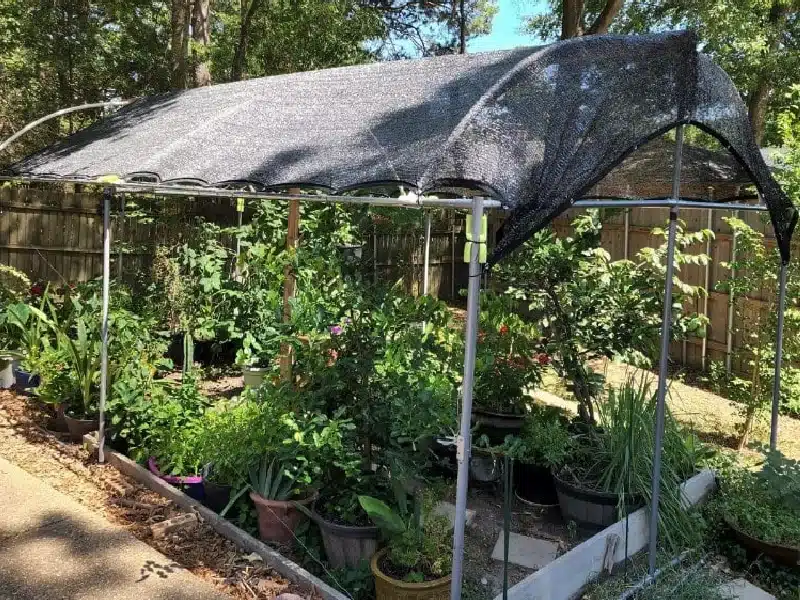
2. Regular Inspection and Maintenance
Regular checks and maintenance extend the life of your shade cloth. Look for signs of wear, tear, or other damage and check the stability of the fixings. Repair or replace any damage immediately to prevent small issues from becoming big problems. Also, clearing leaves, snow, and other debris from the shade cloth is necessary to maintain its best performance.
Conclusion
The right shade cloth color can significantly impact light and temperature management for your tomatoes, but proper installation and ongoing care are crucial to maximizing these benefits. Partnering with experts to choose and utilize the best shade cloth solution for your specific location is a wise decision for any tomato gardener aiming for optimal results. Should you have any questions regarding shade cloth or curtain selection for your tomato farm, feel free to contact us.

